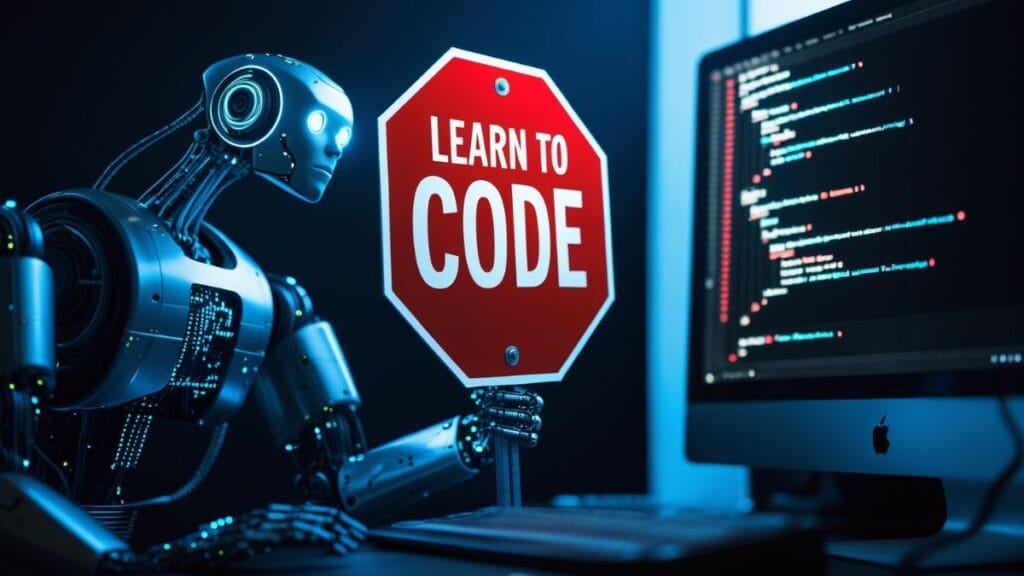When OpenAI announced support for Anthropic’s Model Context Protocol (MCP), it signaled more than a partnership between competitors—it revealed a shift in how AI systems will interact with real-world data. For developers and businesses planning AI projects in 2025, this integration between OpenAI’s Agents SDK and MCP opens doors to smarter, faster, and more adaptable applications. Here’s how to prepare.
How MCP and OpenAI’s Agents SDK Work Together
MCP acts as a bridge between AI models and the data they need. It allows tools like ChatGPT to pull information directly from business databases, software platforms, or custom apps. OpenAI’s Agents SDK takes this further by letting developers build AI agents that can act on that data—automating tasks, making decisions, or even passing work between specialized agents.
For example, a customer service bot built with the SDK could use MCP to access real-time inventory data from a company’s CRM. If a customer asks, “Do you have red sneakers in size 10?” the bot fetches live stock numbers, checks delivery timelines, and offers alternatives—all without manual coding. This two-way data flow turns static chatbots into dynamic problem-solvers.
Building AI Apps That Learn from Your Data
The Agents SDK simplifies creating AI tools that adapt to specific workflows. With MCP support, developers can connect these agents to existing systems quickly. Here’s how to start:
- Define your data sources: Link MCP servers to platforms like Salesforce, GitHub, or internal databases.
- Build lightweight agents: Use the SDK’s pre-built templates for tasks like research or customer support.
- Add guardrails: Set validation rules to prevent errors—like ensuring agents don’t access sensitive data without approval.
A marketing team, for instance, could deploy an agent that analyzes campaign performance by pulling data from Google Analytics and social platforms via MCP. The agent identifies trends, suggests optimizations, and even adjusts ad budgets—all automated.
Why Open Standards Will Shape AI in 2025
MCP’s open-source nature means companies like OpenAI, Block, and Replit can collaborate on shared tools instead of building isolated systems. For businesses, this reduces reliance on single vendors and lowers development costs. Developers gain flexibility: An app built with MCP today could integrate with future AI models or data sources without major rewrites.
This shift also encourages specialization. Smaller teams can focus on niche tools—like AI for healthcare data or supply chain logistics—knowing their apps will work with broader ecosystems.
Practical Applications for Your Projects
- Automated Research: Agents can scan internal reports, academic papers, or competitor data via MCP, then summarize findings.
- Workflow Automation: Connect project management tools like Jira to AI agents that assign tasks, flag delays, or reallocate resources.
- Customized Customer Experiences: Use real-time purchase history (via MCP) to let agents recommend products or resolve issues faster.
A fintech startup can use this combo to build a fraud-detection system. Their AI agent can analyze transaction patterns through MCP-linked banking APIs, flags suspicious activity, and hand off cases to human reviewers—cutting response time significantly.
Getting Ahead of the Curve
To leverage MCP and the Agents SDK in 2025:
- Experiment with OpenAI’s open-source examples, like the airline customer service demo.
- Prioritize data security by testing guardrails before scaling.
- Explore hybrid setups where simpler agents handle routine tasks, freeing complex models for critical work.
The collaboration between OpenAI and Anthropic isn’t just about technology—it’s about making AI more accessible. Whether you’re refining a chatbot or building enterprise tools, these updates offer a clearer path from prototype to production.
What will you build first?


